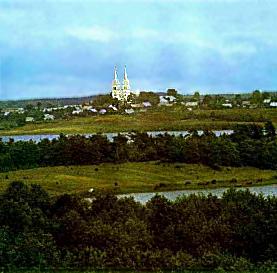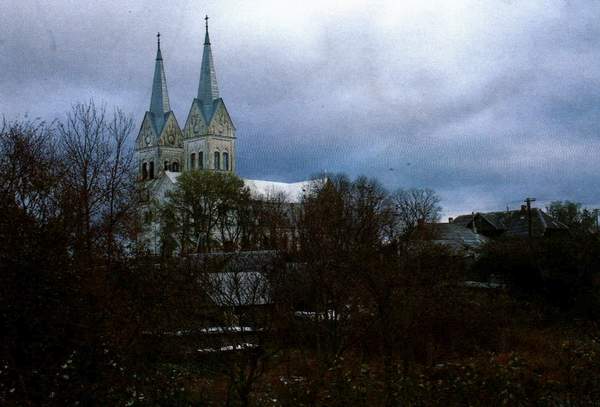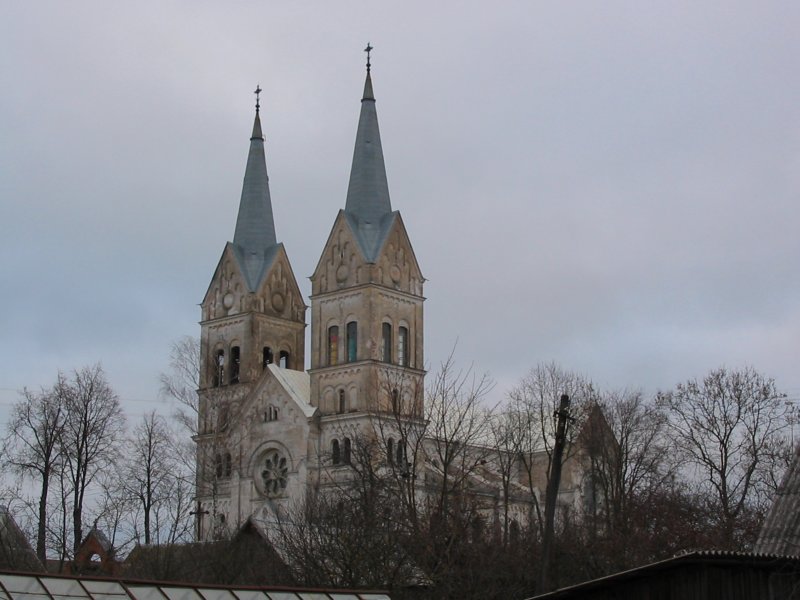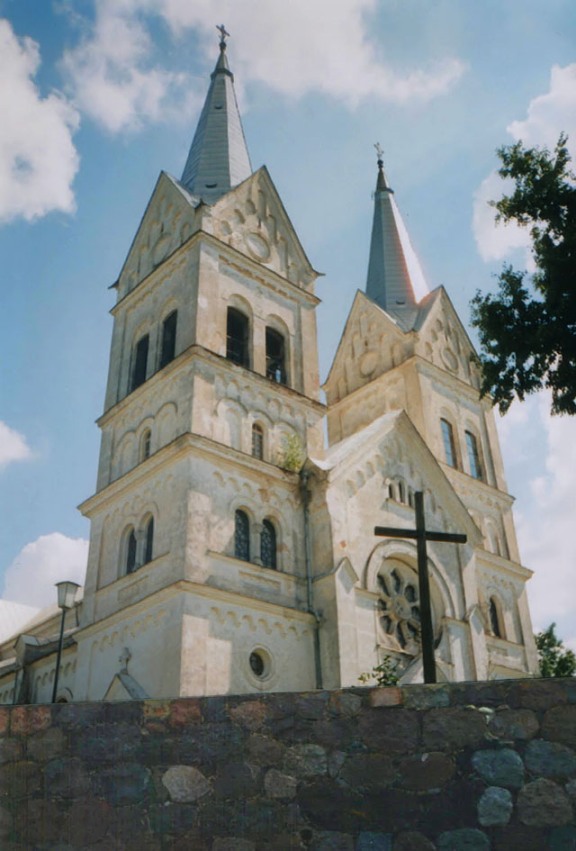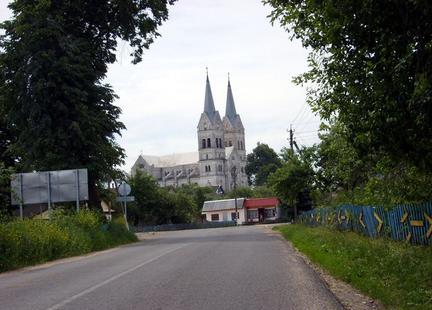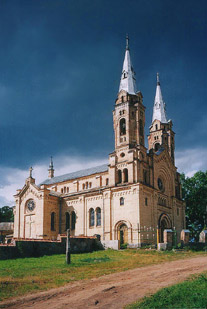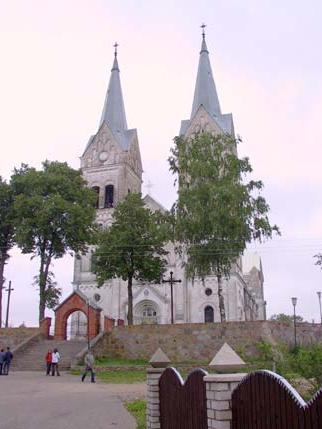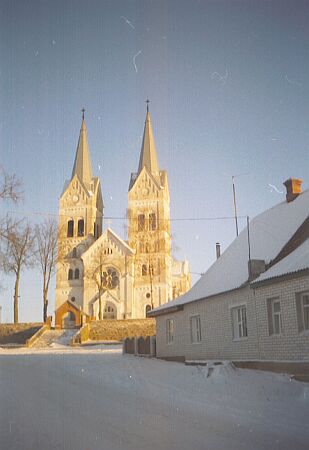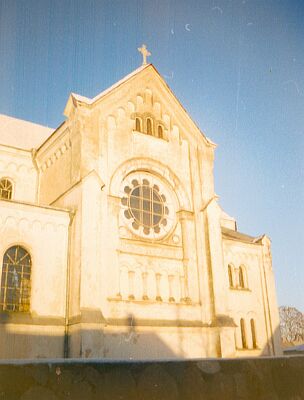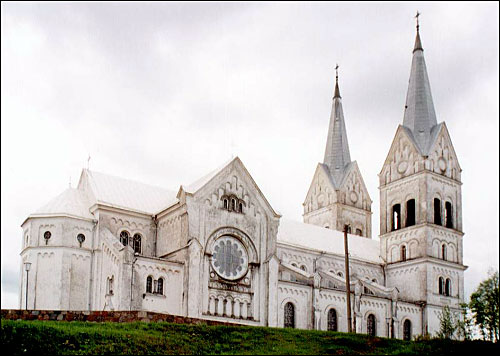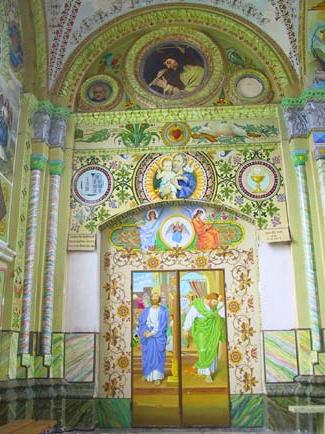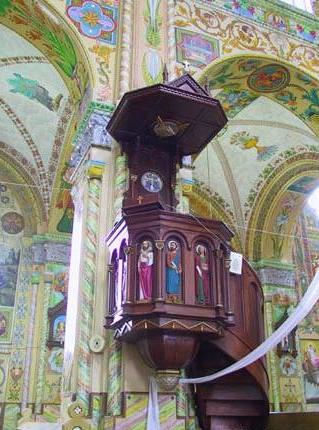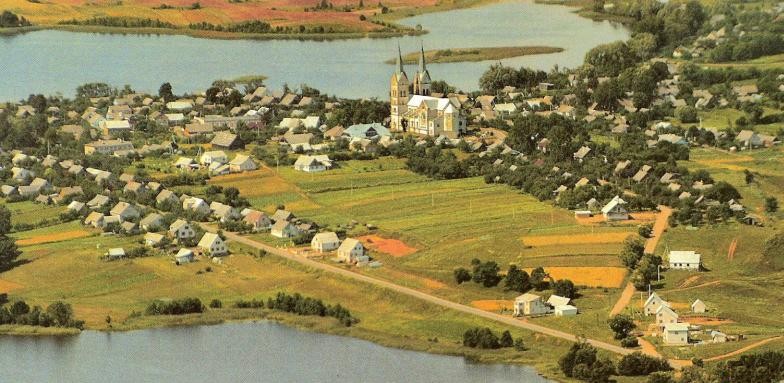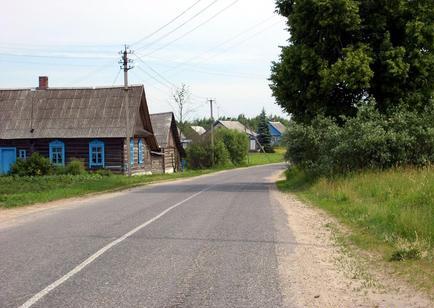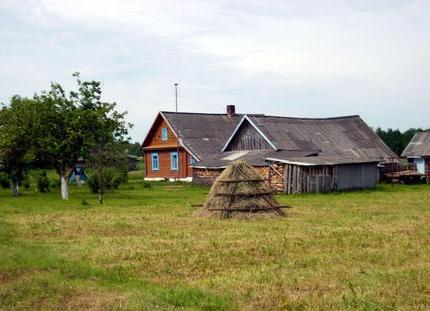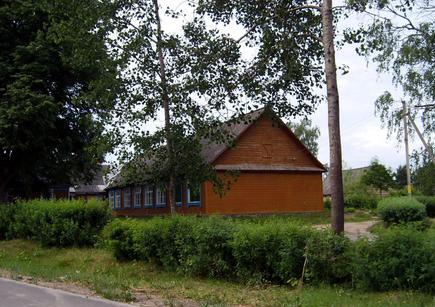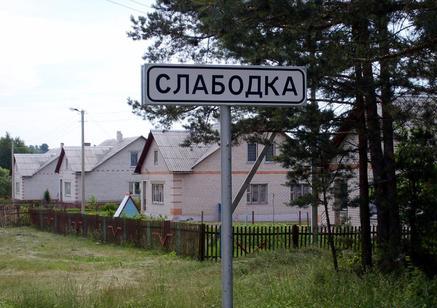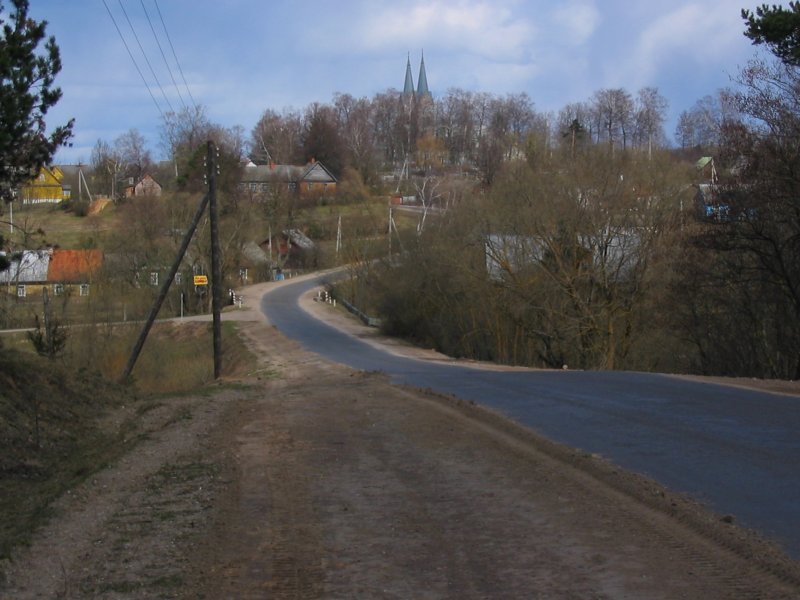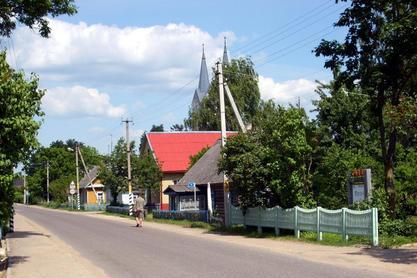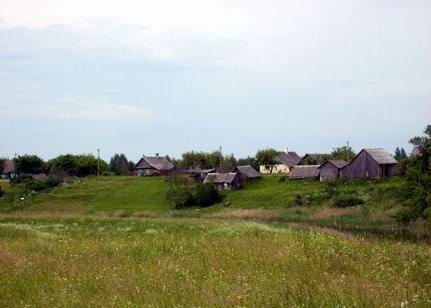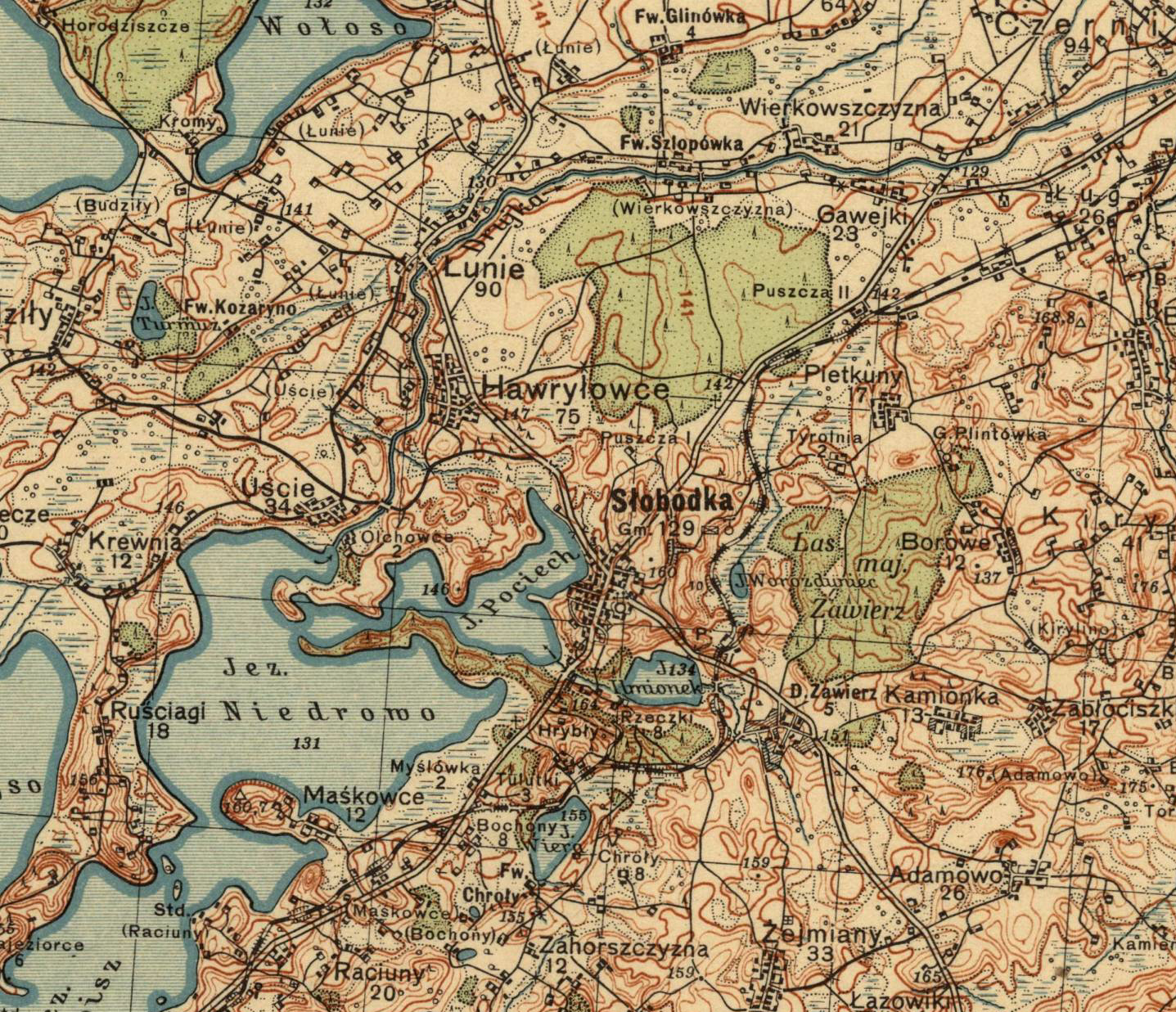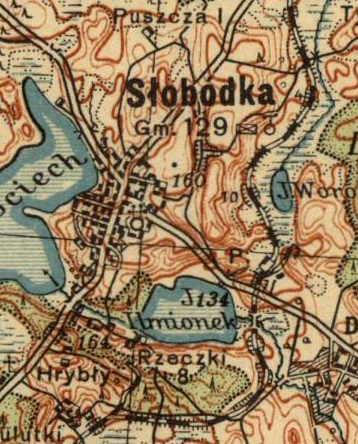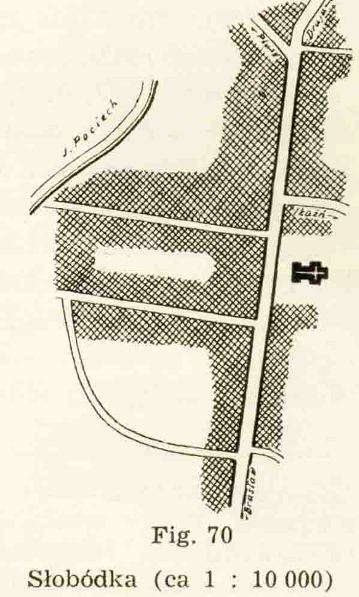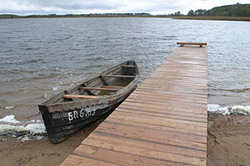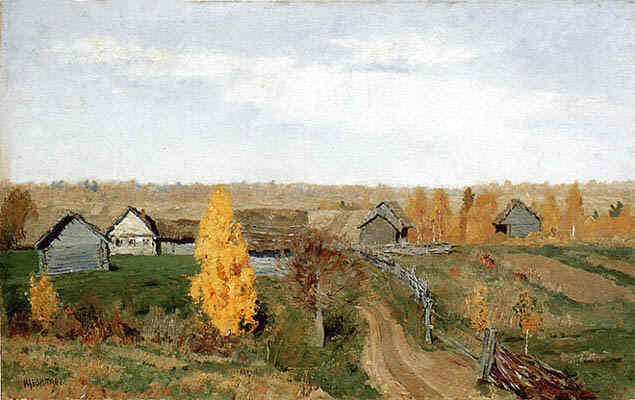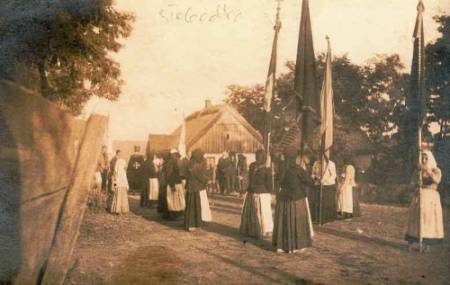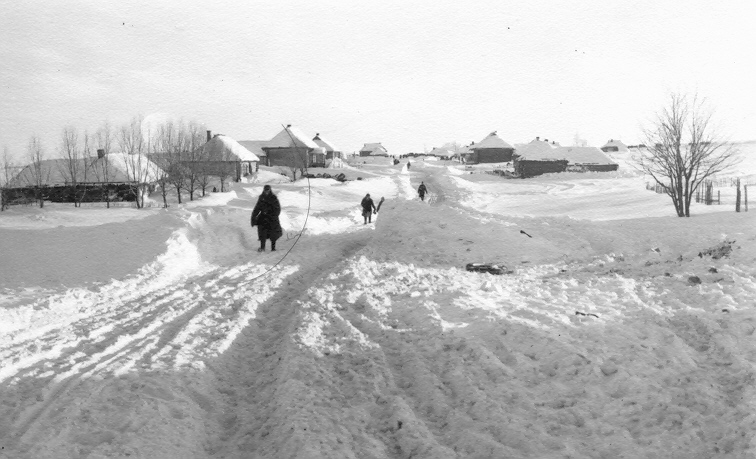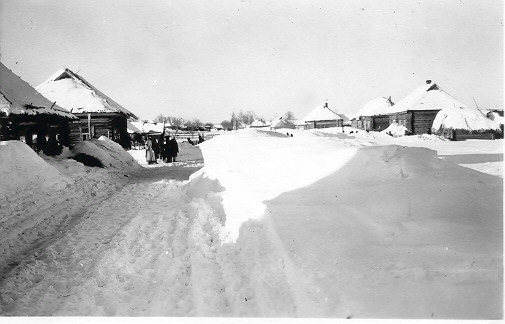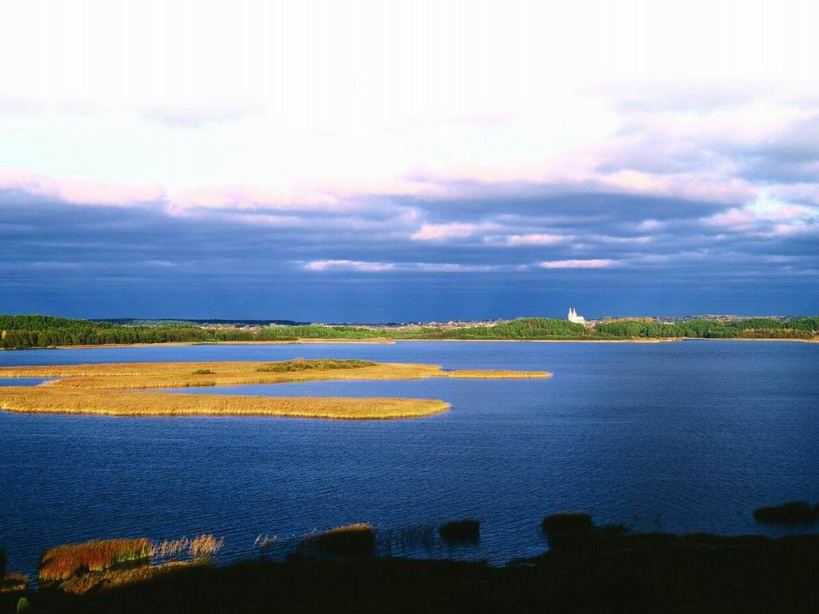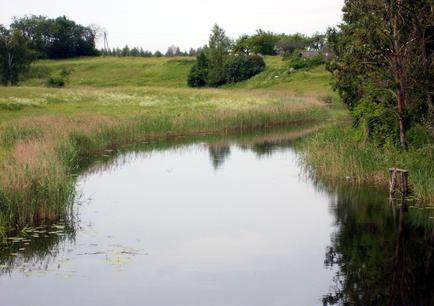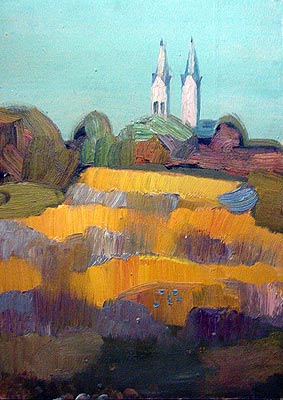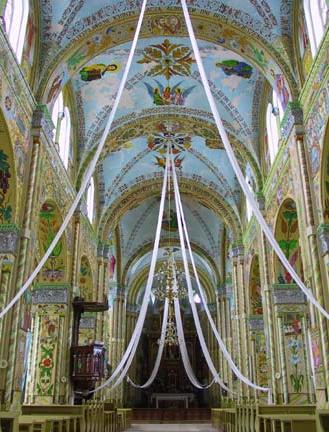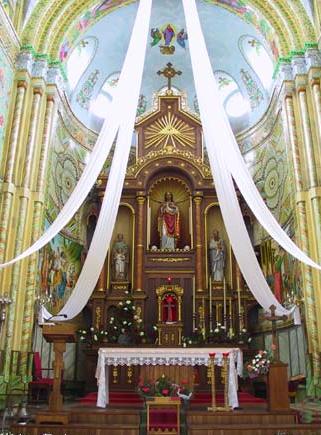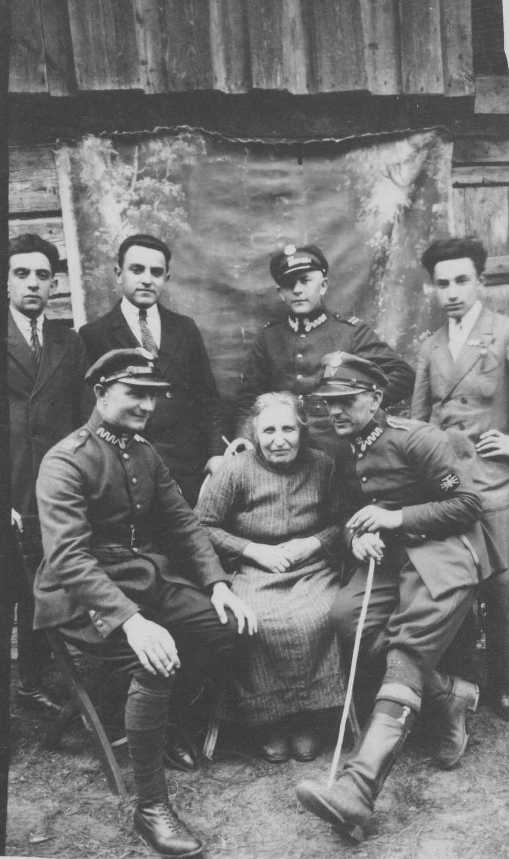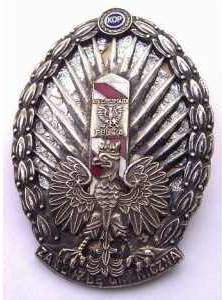Sources
This article is based on secondary unreferenced research. Most of the bibliographical material available is written in Polish, Russian and Belarusian, languages in which I am not proficient. Please feel welcome to contact if you wish to correct or augment the information.
1 - Emesh Shoah - Darkness and Desolation, In Memory of the Communities of Braslaw, Dubene, Jaisi, Jod, Kislowszczizna, Okmienic, Opsa, Plusy, Rimszan, Slobodka, Zamosz, Zaracz; 1986; eds. Machnes Ariel, Klinov, Rina; Ghetto Fighters House. (Hebrew with English and Yiddish summary).
2 - Slobodka. In. Pinkas Hakehilot: Poland, Vol.8 - Vilna, Bialystok and Nowogrodek Districts. Shmuel Spector. Ed. Yad Vashem. Jerusalem. 2005. Jerusalem Pp. 490-492 (Hebrew).
3 - The Internet sites linked throughout the text.
This article is based on secondary unreferenced research. Most of the bibliographical material available is written in Polish, Russian and Belarusian, languages in which I am not proficient. Please feel welcome to contact if you wish to correct or augment the information.
1 - Emesh Shoah - Darkness and Desolation, In Memory of the Communities of Braslaw, Dubene, Jaisi, Jod, Kislowszczizna, Okmienic, Opsa, Plusy, Rimszan, Slobodka, Zamosz, Zaracz; 1986; eds. Machnes Ariel, Klinov, Rina; Ghetto Fighters House. (Hebrew with English and Yiddish summary).
2 - Slobodka. In. Pinkas Hakehilot: Poland, Vol.8 - Vilna, Bialystok and Nowogrodek Districts. Shmuel Spector. Ed. Yad Vashem. Jerusalem. 2005. Jerusalem Pp. 490-492 (Hebrew).
3 - The Internet sites linked throughout the text.
Copyright © 2008 Jon Seligman. All Rights Reserved.
The Church of the Sarcred Heart in Slobodka
Houses in Slobodka
Seasons, the Entrance and Roads in Slobodka
Maps of Slobodka
Lake Pociech and Water at Slobodka
The Jewish Community of Slobodka
Slobodka was organised as a sub-community of Braslav of around 40 families (200 people) in the mid twenties. Prayer was conducted initially in private houses, but later moved to a small synagogue building that burnt in a fire prior to WWII. The Gabai at that time was Shmuel-Hillel Berkman, but no permanent Rabbi officiated. To supplement religious study a Beth Midrash was established, though without a local Rabbi, Rabbi Shabbat Romshyniat of nearby shtetl of Drujsk would visit Slobodka to give lessons. With no local Jewish school, the children attended the Polish government school and received additional lessons in the Cheder that was located in the synagogue. The tutor was invariably a Yeshiva Bocher from a nearby institution who would be fed by the community, a common feature of life in the smaller shtetls. A few learnt outside Slobodka, such as the Folkshul and the Yavne school in Braslav. The Jews of Slobodka were orthodox but also were strongly influenced by the Zionist movement. Some belonged to the HeChalutz movement and in the late twenties a small branch of Betar was founded. Emigration to the west was, as in all the towns of Eastern Europe, a feature of life with members of the community moving to North America and to South Africa.
The quiet life of Slobodka would be violently bought to an end with the arrival of the Germans in June of 1941. Like many other of the smaller towns, the Jews of Slobodka would find themselves shifted around. Some to Braslav, others to the ghettos in Vidzy and then on to Sweiciany. This ghetto was liquidated in April 1943 at the mass execution site at Ponar, near Vilna. The story of Slobodka during the holocaust can be read here.
Views of Slobodka
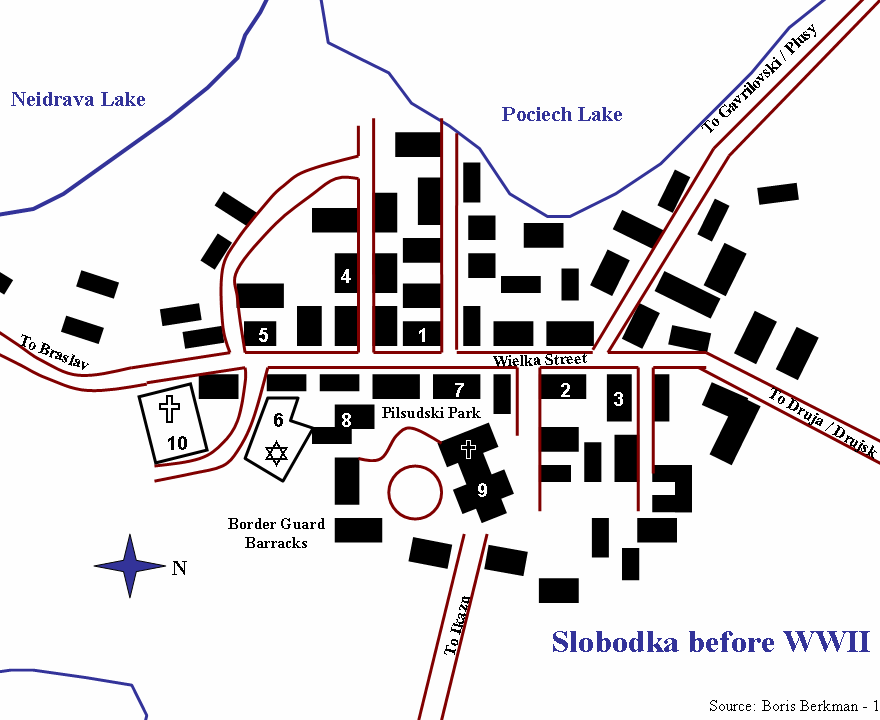

Slobodka before WWII

Pociech Lake

1 - Zelikman House
2 - Zelikman House
3 - Chazin Grocery
4 - Chazin House
5 - Synagogue
6 - Jewish Cemetery
7 - Berkman House
8 - Berkman, Dagowitz
9 - Church
10 - Christian Cemetery
2 - Zelikman House
3 - Chazin Grocery
4 - Chazin House
5 - Synagogue
6 - Jewish Cemetery
7 - Berkman House
8 - Berkman, Dagowitz
9 - Church
10 - Christian Cemetery
The Catholic Church of the Sacred Heart of Jesus in Slobodka
goods, wool, spirits, leather, oil, fish; as artisans - builder, carpenter, cabinet maker, flax comber, blacksmith, tanner, tailor, miller, doctor, barber, potter and butcher; as travelling peddlars, as farmers and in the post office, the railway station and at the inn.
During much of the period relations between the Jews and their gentile neighbours seem to have been generally good, especially through the offices of the head of the local council.
During much of the period relations between the Jews and their gentile neighbours seem to have been generally good, especially through the offices of the head of the local council.

The First World War and its Aftermath
During WWI the residents of Slobodka were mobilized for forced labour by the Germans and the economic crises heavily affected shtetl life. In the interim between the German retreat and the consequent Polish annexation the Jews were attacked by Polish militia and local gangs that claimed Slobodka. After Polish rule was instituted life returned to normal. Being close to the Polish-Latvian-Lithuanian border, an elite brigade of the Polish Border Protection Corps (Korpus Ochrony Pogranicza) was stationed in barracks built in the centre of Slobodka from 1926. A good side income for the people of shtetl was made by providing goods and services for KOP and by renting of rooms to the Polish army officers.
Being a village, tradesmen traveled to the eight kilometers to Drujsk and to Braslav as there was no local market. Most operated a small holding beside their homes to supplement their diet with fresh vegetables, fruit and poultry. A number of small businesses opened up in Slobodka. From the Business Directory for Poland for the year 1929, we learn of the variety of economic branches from which the people of Slobodka earned their living - the sale of food, cloth, general
During WWI the residents of Slobodka were mobilized for forced labour by the Germans and the economic crises heavily affected shtetl life. In the interim between the German retreat and the consequent Polish annexation the Jews were attacked by Polish militia and local gangs that claimed Slobodka. After Polish rule was instituted life returned to normal. Being close to the Polish-Latvian-Lithuanian border, an elite brigade of the Polish Border Protection Corps (Korpus Ochrony Pogranicza) was stationed in barracks built in the centre of Slobodka from 1926. A good side income for the people of shtetl was made by providing goods and services for KOP and by renting of rooms to the Polish army officers.
Being a village, tradesmen traveled to the eight kilometers to Drujsk and to Braslav as there was no local market. Most operated a small holding beside their homes to supplement their diet with fresh vegetables, fruit and poultry. A number of small businesses opened up in Slobodka. From the Business Directory for Poland for the year 1929, we learn of the variety of economic branches from which the people of Slobodka earned their living - the sale of food, cloth, general
The Polish Border Protection Corps (Korpus Ochrony Pogranicza or KOP) was a military unit created in 1924 to defend the eastern border against Soviet raids and to prevent the smuggling of goods across the less than sealed borders between Poland and its neighbours to the east. Controlled by the Ministry of the Interior, KOP comprised of infantry and cavalry regiments, each charged with the protection of sections of the border regions. The battalions controlling the northern sector, along the north-eastern borders with Lithuania, Latvia and Soviet Russia arrived in 1926 and entered barracks buildings that were specially built for them in a number of towns in the region - including Slobodka.
KOP soldiers received combined army and police training with the aim of guarding the borders though patrols, reconnaissance, ambushes, provocation and intelligence. The carefully picked soldiers concentrated on repulsing cross border raids from the Soviet Union and capturing people crossing the borders illegally.
Up until 1939 KOP underwent a series of reorganizations, with new strongholds and outposts established along the borders. Still the 25 batallions of KOP were ineffectual against the Soviet invasion on 17th. September 1939. In order to save his forces the Polish Marshal, Edward Rydz-Smigly, ordered the force to pull back without battle and not to engage the Soviets.
KOP soldiers received combined army and police training with the aim of guarding the borders though patrols, reconnaissance, ambushes, provocation and intelligence. The carefully picked soldiers concentrated on repulsing cross border raids from the Soviet Union and capturing people crossing the borders illegally.
Up until 1939 KOP underwent a series of reorganizations, with new strongholds and outposts established along the borders. Still the 25 batallions of KOP were ineffectual against the Soviet invasion on 17th. September 1939. In order to save his forces the Polish Marshal, Edward Rydz-Smigly, ordered the force to pull back without battle and not to engage the Soviets.
KOP Officers Billeted with Seligman Family - 1930?
Korpus Ochrony Pogranicza
Emblem
Emblem
The Chazin General Store in Slobodka - 1934
Though little documentary data is available, we are informed that in 1783 there were six Jewish families in Slobodka living on land belonging to a Polish shlachta and working in commerce and as artisans. In the nineteenth
century Slobodka was resettled as part of the Czarist governments plan to settle lightly populated forest regions in western Russia. Later the residents of Slobodka, who had received Czarist patronage, did not support the Polish challenge to Russian rule.
Korpus Ochrony Pogranicza
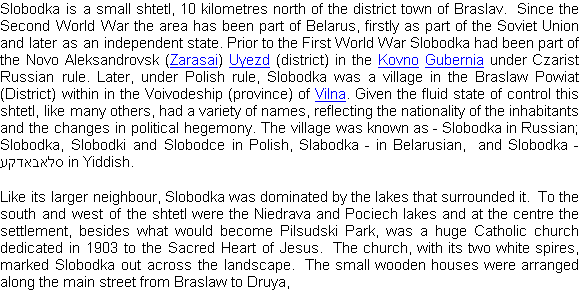
| Year | Population | Jews | % |
| 1783 | 30 | ||
| 1866 | 186 | ||
| 1921 | 592 | 141 | 24 |
| 1925 | 800 | 200 | 25 |
The Population of Slobodka
the Jewish houses grouped mainly in the centre.

The History of Slobodka
55°41'N, 27°11'E
Slobodka
The History of the Shtetl of the Zelikman-Seligman Family
The History of the Shtetl of the Zelikman-Seligman Family


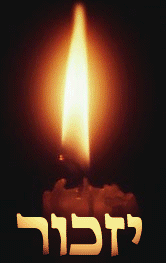
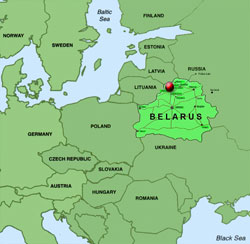
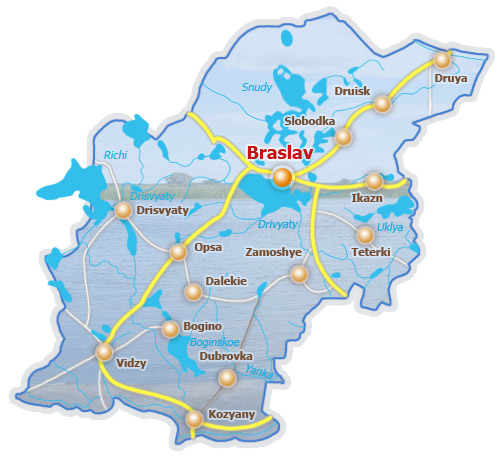
Slobodka
Braslav
Latvia
Belarus
Lith.
Poland
Lithuania
Ukraine
Latvia
Russia

